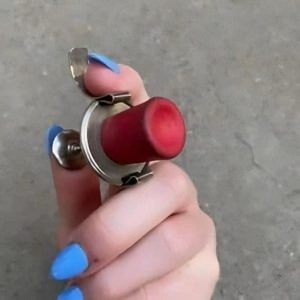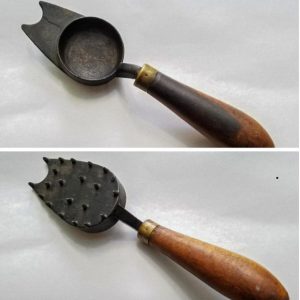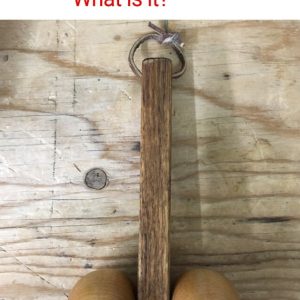Before modern electric mixers and high-speed blenders, people relied on simple hand tools to mix ingredients. One such innovation, the rotary egg beater, transformed kitchen tasks forever. Patented in 1884 by Willis Johnson, this clever device made whisking and mixing significantly easier, saving both time and effort.
While the egg beater is often associated with whisking eggs, Johnson’s original concept was far more versatile. His invention introduced a mechanism that converted slow hand motion into rapid mixing power, a technology that would later inspire the development of electric mixers and other kitchen appliances.
Let’s dive into the history, functionality, and impact of the rotary egg beater and how it paved the way for modern kitchen tools.
Who Was Willis Johnson? The Man Behind the Egg Beater
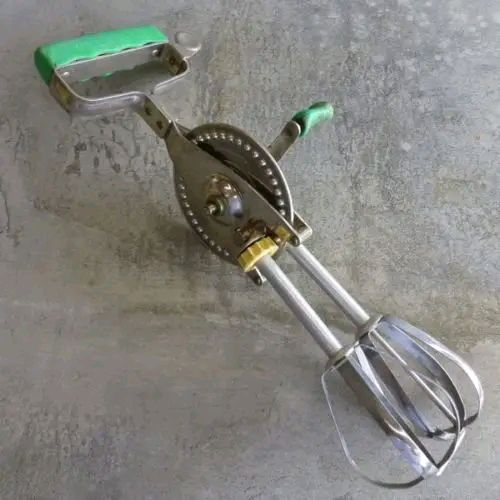
Not much is widely known about Willis Johnson, but his 1884 patent for a mixing machine played a key role in kitchen innovation. Unlike common misconceptions, Johnson’s device was not just for beating eggs. Instead, it was designed to mix a variety of ingredients efficiently, making it a groundbreaking tool for bakers and cooks alike.
Johnson’s patent showed a mixing mechanism that utilized gears to multiply the user’s hand motion, making it easier to blend batters, creams, and other ingredients. His contribution set the foundation for mechanized kitchen tools, proving that simple designs could make a huge difference in daily tasks.
How the Rotary Egg Beater Works
The rotary egg beater operates through a clever gear system that enhances the mixing process. Here’s how it functions:
- Hand Crank Mechanism – The user turns a large, double-sided drive wheel by hand.
- Gear Transmission – The wheel’s motion is transferred to two bevel pinions that rotate in opposite directions.
- Beater Blades – These rotating beaters move rapidly, creating a whipping motion much faster than manual whisking.
This simple yet effective engineering concept significantly reduced the time and effort required for mixing, making it an essential kitchen tool in the late 19th and early 20th centuries.
The Evolution of the Egg Beater: Different Designs and Manufacturers
Since its invention, the rotary egg beater has undergone many modifications and improvements. Various manufacturers created different models, each refining the design to increase efficiency and usability. Some key developments include:
- Early Metal Frames (1880s-1900s) – Early beaters featured sturdy iron or steel gears with wooden handles.
- Lighter and More Ergonomic Models (1920s-1950s) – Manufacturers began using aluminum and plastic components for a more comfortable grip.
- Electric Mixers (1930s-Present) – Inspired by the rotary beater, electric mixers emerged, offering automated mixing for home and professional kitchens.
Even with the rise of electric alternatives, the classic rotary beater remains a beloved kitchen tool, especially for baking enthusiasts and vintage kitchen collectors.
How the Egg Beater Led to the Invention of the Electric Mixer
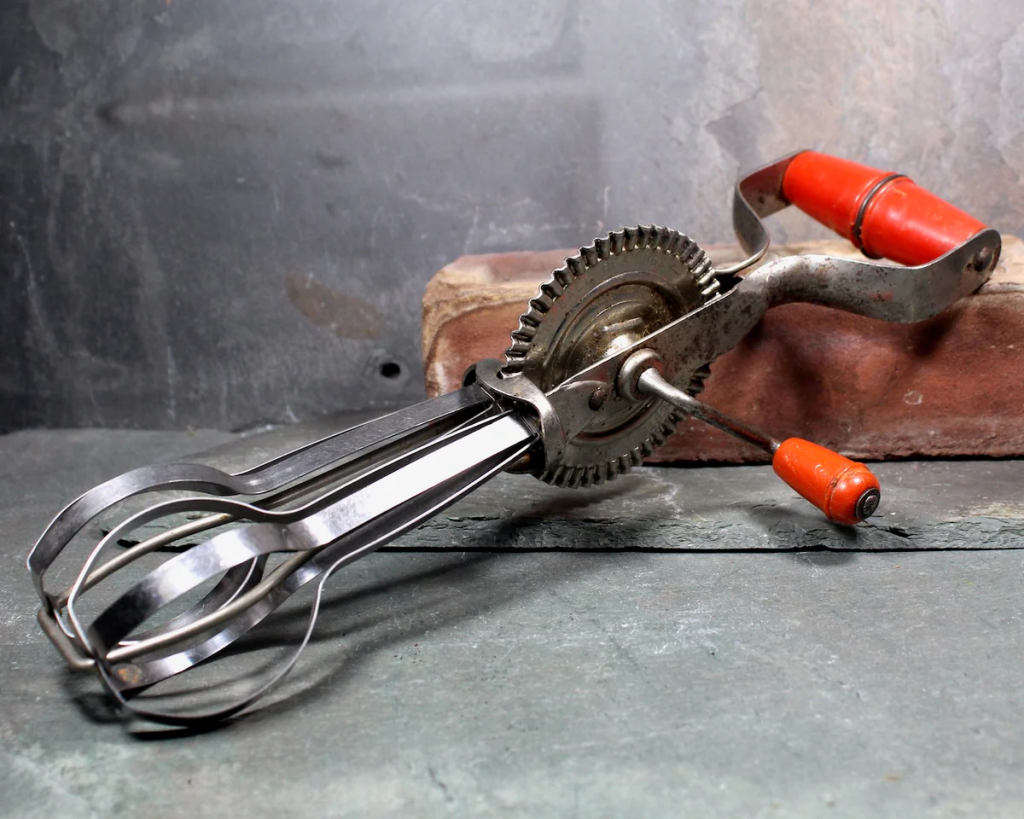
The rotary egg beater’s innovative design directly influenced the development of electric mixers. The concept of gear-driven mixing proved so effective that inventors later adapted the mechanism into motorized versions.
In the early 1900s, electric mixers began appearing in commercial kitchens. By the 1920s, brands like KitchenAid and Sunbeam introduced stand mixers, bringing the same efficiency to home kitchens.
Today, high-speed mixers and blenders are standard in households worldwide, but their origins trace back to Willis Johnson’s rotary beater.
Why the Rotary Egg Beater Is Still Used Today
Despite technological advancements, manual rotary egg beaters remain useful in modern kitchens. Here’s why they still have a place among today’s high-tech appliances:
- No Electricity Required – Perfect for off-grid cooking, camping, or emergency situations.
- Lightweight and Portable – Unlike bulky electric mixers, they are easy to store and carry.
- Easy to Clean – No complex parts or motors, making cleanup quick and simple.
- Gentle Mixing – Ideal for delicate batters and fluffy egg whites without over-mixing.
Many professional bakers and home cooks still appreciate the control and efficiency of a hand-cranked beater, proving that some classic designs never go out of style.
Conclusion: A Timeless Invention That Changed Kitchen Efficiency
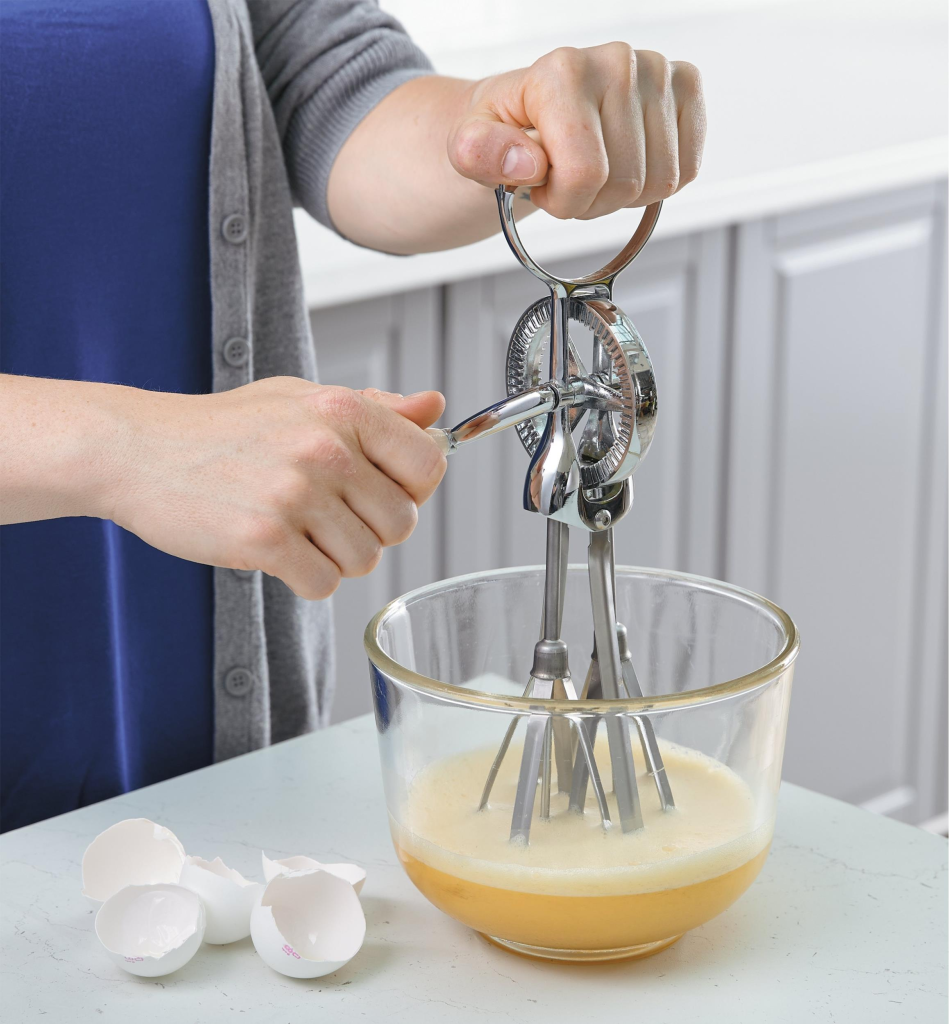
The rotary egg beater, invented by Willis Johnson in 1884, revolutionized kitchen mixing methods and paved the way for modern electric mixers. His simple yet ingenious design reduced effort, saved time, and became an essential tool for home cooks and professional chefs alike.
Though technology has evolved, Johnson’s invention remains a valuable and beloved kitchen gadget, proving that sometimes, the simplest innovations have the most lasting impact
